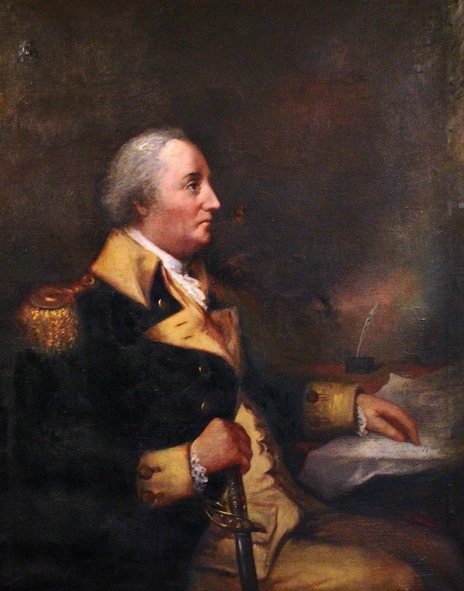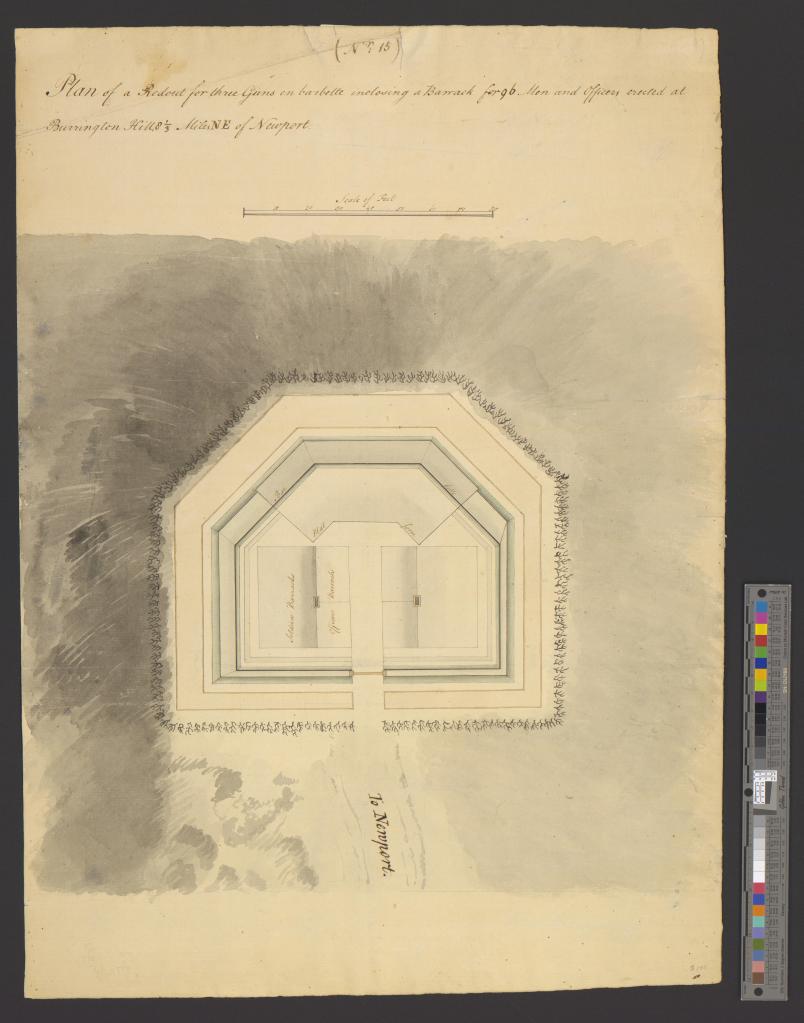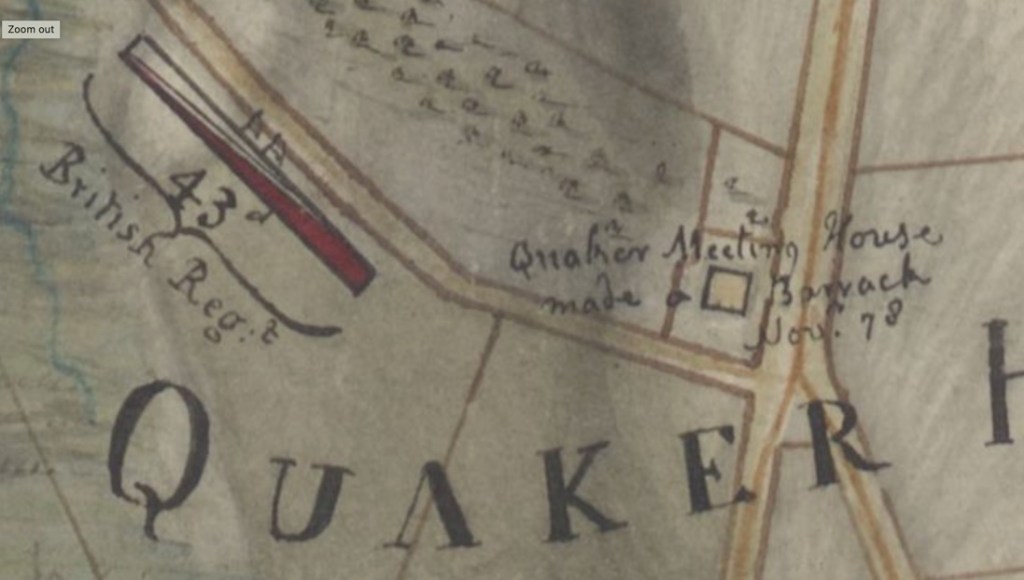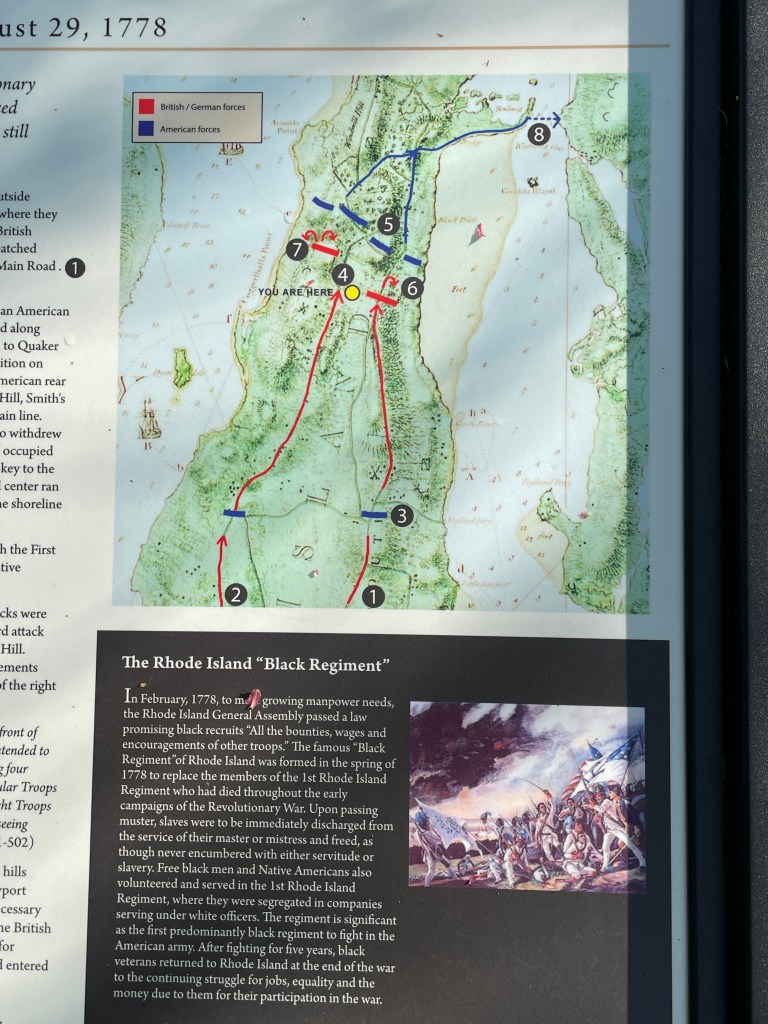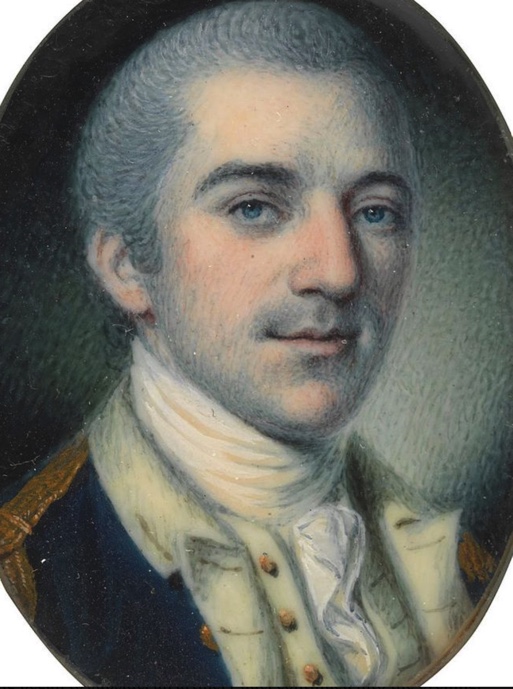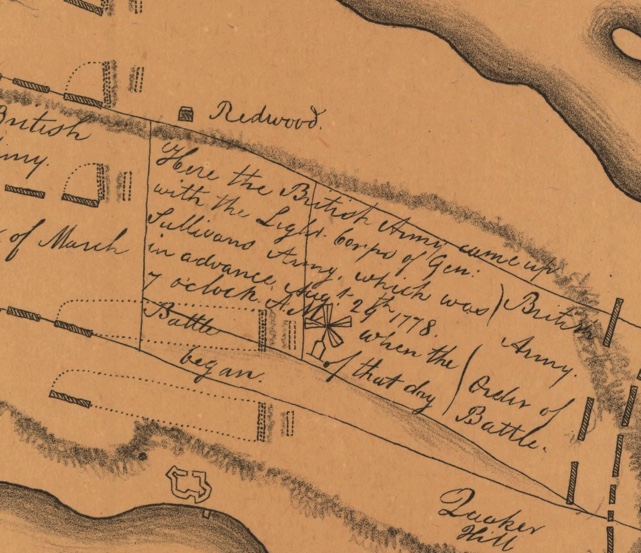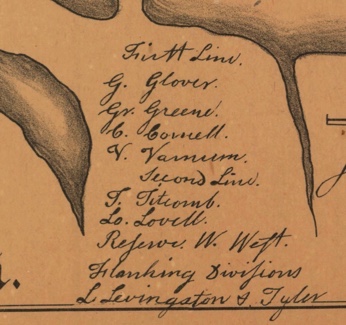The action on Quaker Hill on the morning of August 29th, 1778 was hot and heavy. General John Glover and his New Hampshire officers were having breakfast at a house on Quaker Hill. Their horses were saddled by the door. General Smith’s Redcoats were firing furiously. Glover ordered Rufus King, an aide de camp, to investigate the action. As he left the table, Major John Sherburne took his place. The enemy fired a field piece from a range of three-quarters of a mile. A cannon ball tore through one of the horses outside (it may have been Glover’s) and smashed Sherburne’s foot. Sherburne’s leg had to be amputated, but the circumstances of the wounds bothered him. “The loss of a leg might be borne, but to be condemned all future life to say I lost my leg under the breakfast table is too bad.” Sherburne’s injury did not hinder him from progressing in a law career. He served as a US Attorney for the District of New Hampshire from 1789 to 1793 and from 1801 to 1804; he also served in the US House of Representatives from 1793 to 1797. He went on to serve as a federal judge for the District of New Hampshire from 1804 until his death in 1830.
Sherburne was in Rhode Island under the command of General William Whipple. Whipple was a signer of the Declaration of Independence from the State of New Hampshire. As New England militias and Continentals were gathering for General John Sullivan’s Rhode Island Expedition in 1778, Whipple followed his New Hampshire General. The Expedition was based on the aid of the French, but the French navy sailed off to Boston to repair their ships that had been damaged in a storm. By August 26, 1778 it was clear that the French were not coming back. To Whipple’s dismay, 1,100 of the New Hampshire volunteers left.
Whipple stayed through the battle and a group of his men stayed in service until September 5, 1778. Records list a “Prince Whipple” as a servant of Whipple. Whipple was a merchant and ship owner and he engaged in the slave trade. He personally owned slaves and Prince was one of them. There is a story that in preparing to go off to the battlefield, Whipple said: “Hurry up Prince, we’ve got to go and fight for our freedom.” Prince responded “But I have no freedom to fight for.” Supposedly Whipple answered, “From this moment on you are a free man, Prince. Hurry up now and we will fight for our freedom together.” Prince was loyally at Whipple’s side throughout the war. After the war Whipple officially gave Prince his freedom. As a reward for his service, Prince was granted a plot of land that he eventually used for a school for African children.

Resources:
“General Glover’s Role in the Battle of Rhode Island,” by George Billias. Rhode Island History, April 1959.
Fold3 Military records for William Whipple, Prince Whipple and J. Samuel Sherburne.
